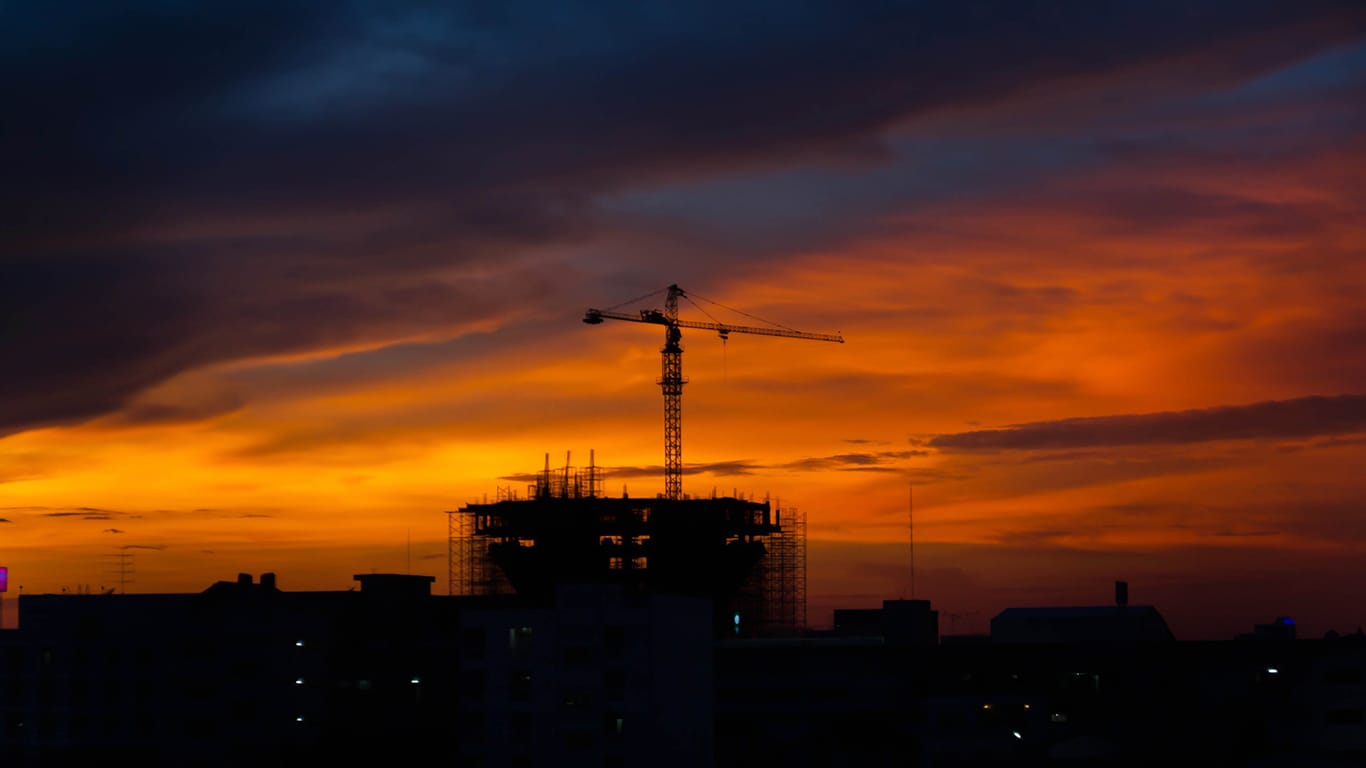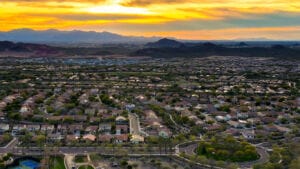From single family homes to multifamily units, industrial complexes, office buildings, retail spaces and self storage facilities, Phoenix has become a real estate powerhouse. The city’s strong push to accommodate the influx of new residents and businesses has resulted in a massive boom, placing Phoenix second among the most active real estate development markets in the U.S. over the last half-century.
MORE NEWS: The 10 fastest-growing housing markets in Arizona
That’s according to our most recent StorageCafe development report, which analyzed the evolution of the construction market from 1980 to 2023 — the lifespan of a millennial from birth to the present.
Here are some key highlights:
- Phoenix is at the top for single family home activity in the United States. Between 1980 and 2023, more than 215,000 building permits were issued, the most among major cities. However, the pace slowed significantly after the Great Recession. During the peak in the 2000s, about 7,068 permits were issued each year. From 2020 to 2023, the average dropped to 4,443 units per year.
- Multifamily picks up the pace. Phoenix issued roughly 188,000 multifamily permits between 1980 and 2023. While the last 40 years have seen steady development, the 2020s are outpacing all previous decades by far. This current decade is shaping up to be the best-performing period for multifamily construction, with an average of 8,609 permits issued annually from 2020 to 2023.
- Industrial construction keeps the bar up: Phoenix’s economic growth laid the groundwork for its industrial construction boom. Since 1980, the city has constructed over 127 million square feet of industrial space, the third highest in the nation. The 2000s marked the peak decade, with an average of 3.7 million square feet added per year.
- Self storage surge: Supported by strong migration patterns, Phoenix is accelerating its self storage development. Approximately 11 million square feet of rentable space have been added since 1980, with the last four years seeing a particularly rapid pace of delivery. The annual average for the 2020s stands at 600,000 square feet, a 78% increase over the annual average recorded in the 2010s.
- Retail and office slow down: The Great Recession put a brake on both retail and office development in Phoenix, with the last 20 years falling short of the remarkable pace recorded from 1980 to 2009. The office market experienced its heyday in the 1980s, with an annual average of over 3 million square feet constructed. Retail, on the other hand, shone in the 2000s, with an annual average of nearly 1.9 million square feet built.

You can read the full report, together with expert commentary on real estate development, here: https://www.storagecafe.com/blog/top-cities-for-real-estate-development-in-the-us-over-the-last-half-century/




